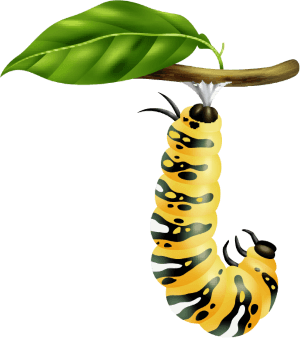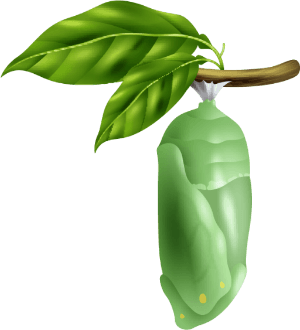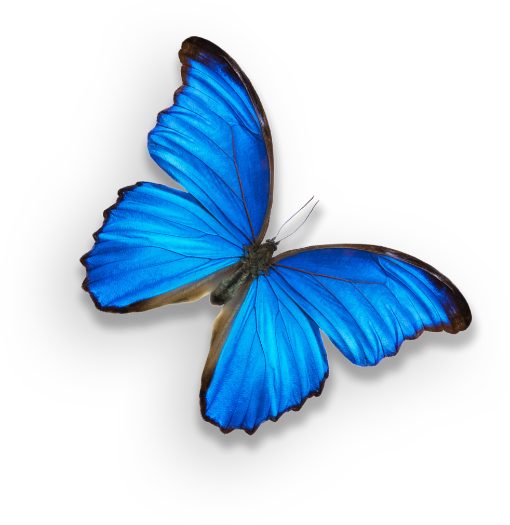
Did you know that…
- Most exotic species live for only 2 – 4 weeks
- The fastest species can fly as fast as a horse can gallop
- The largest butterflies have wingspans of over 30 cm
- Butterflies already lived in the same era as dinosaurs
- Their taste buds are located on the soles of their feet
- Butterflies are the second greatest flower pollinators in the world.
- Some species do not eat any food during their lifetime
- The butterfly species in Papilonia do not have an evolutionary-developed fear of people


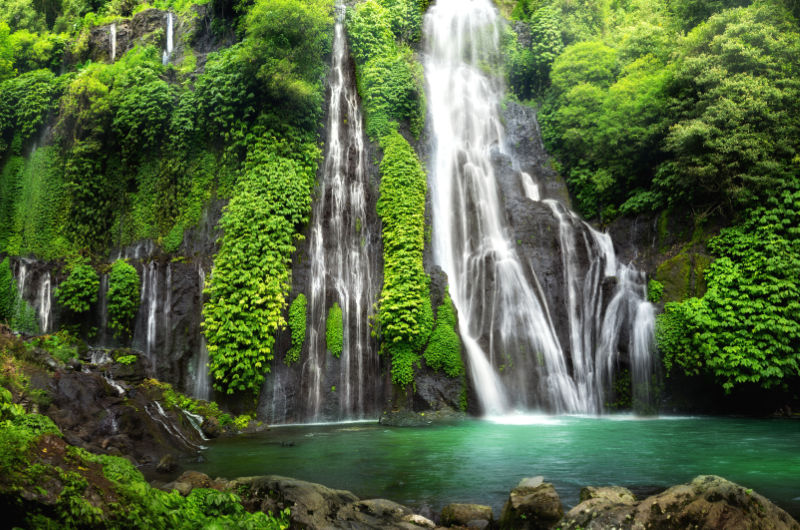
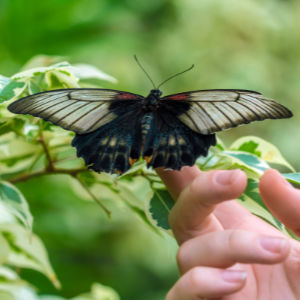
The Papilio lowi Asian swallowtail loves the nectar of citruses and is striking for its large wingspan.
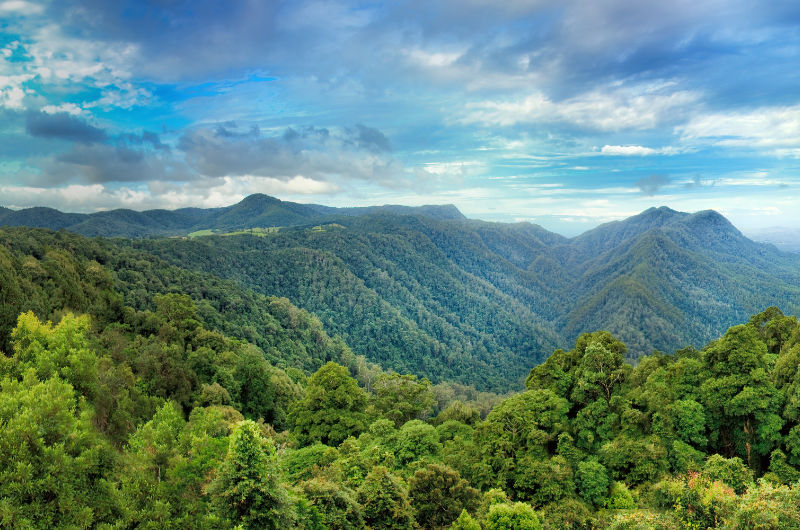
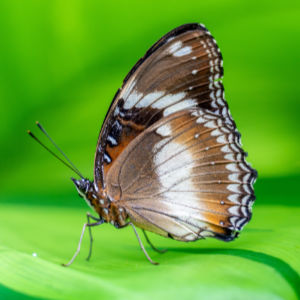
Thanks to its white-blue wing colour, the Great Eggfly has earned the poetic name of the Blue Moon butterfly. Males and females have different wing designs.
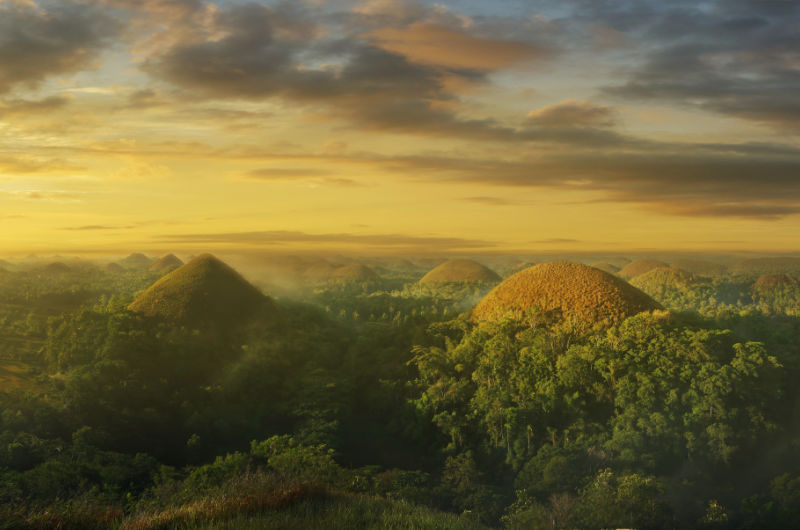
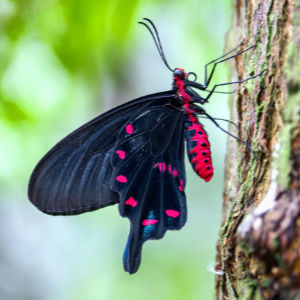
The common rose is a beauty among the swallowtails. You can recognise this butterfly by its darkly coloured wings with pink ornaments.
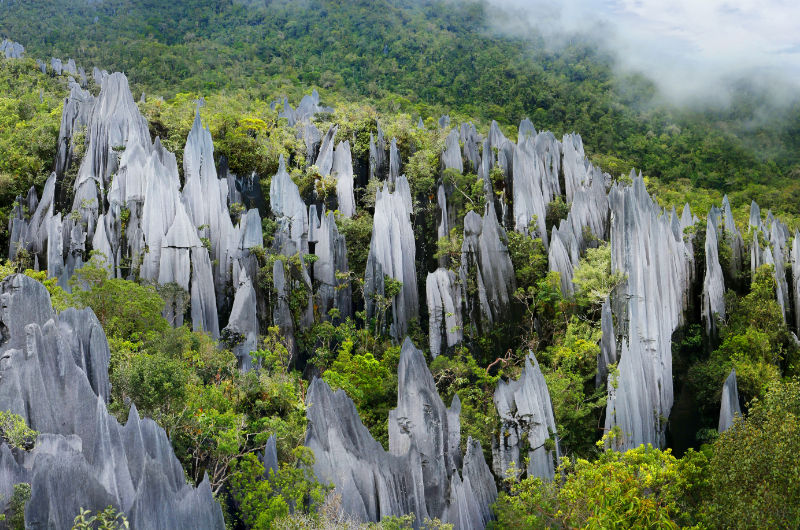
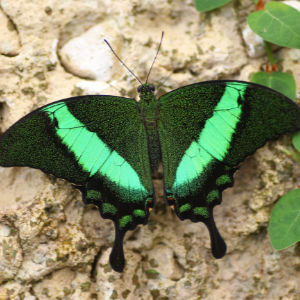
Thanks to its specific wing design, the emerald swallowtail has earned the nickname of emerald peacock or also the green-banded peacock.

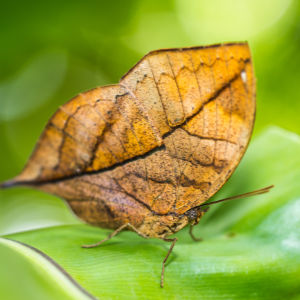
The orange oakleaf, Indian oakleaf, or dead leaf is a perfect example of camouflage. When its wings are closed, it looks like a dead leaf.
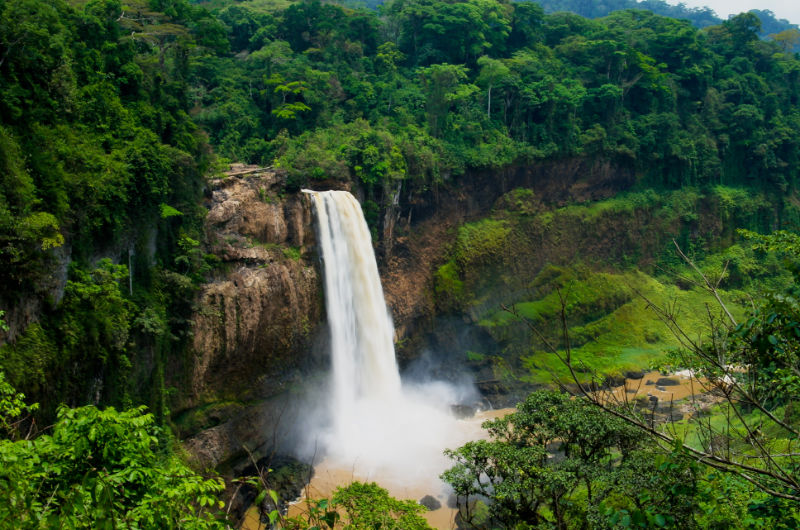
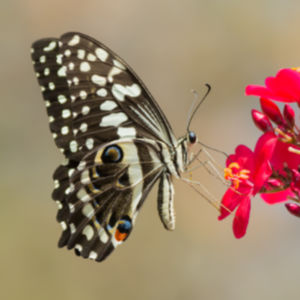
The lime butterfly or the Christmas butterfly are names used for this beautiful butterfly, whose wing design allows you to literally look into their eyes.
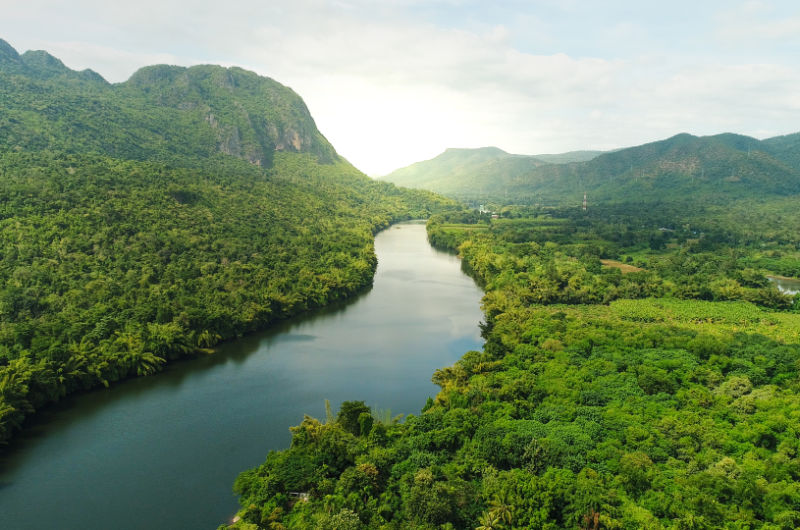
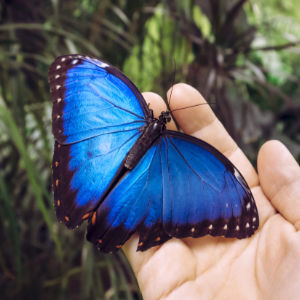
The tropical good looker that is Morpho peleides is rightfully known as an emperor. It is unmistakable for its distinct shiny blue wing colour.

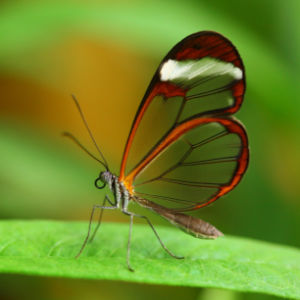
In its species, this invisible butterfly is unique. It has hardly any wing pigment, making them translucent and ideal for perfectly blending in.
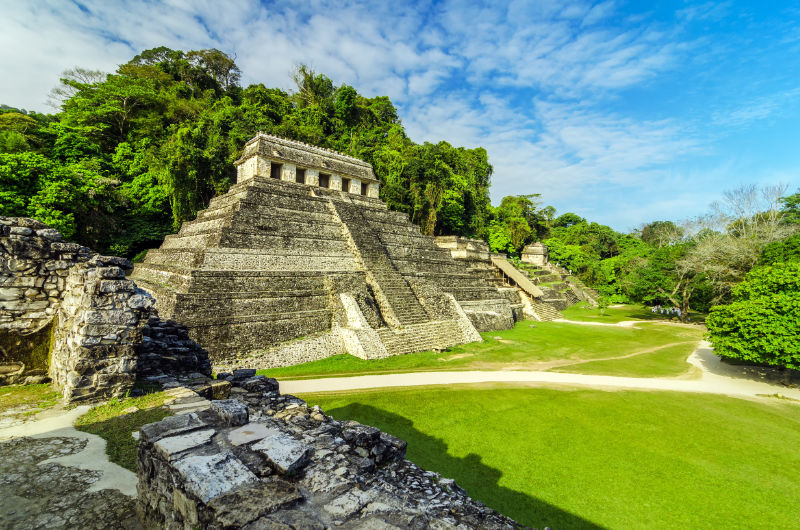
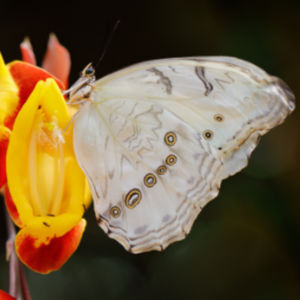
The comma butterfly or the purple emperor butterfly are the names of some of the most beautiful butterflies in the world. The pieridae of Mexico are nicknamed the angels of the tropics.



